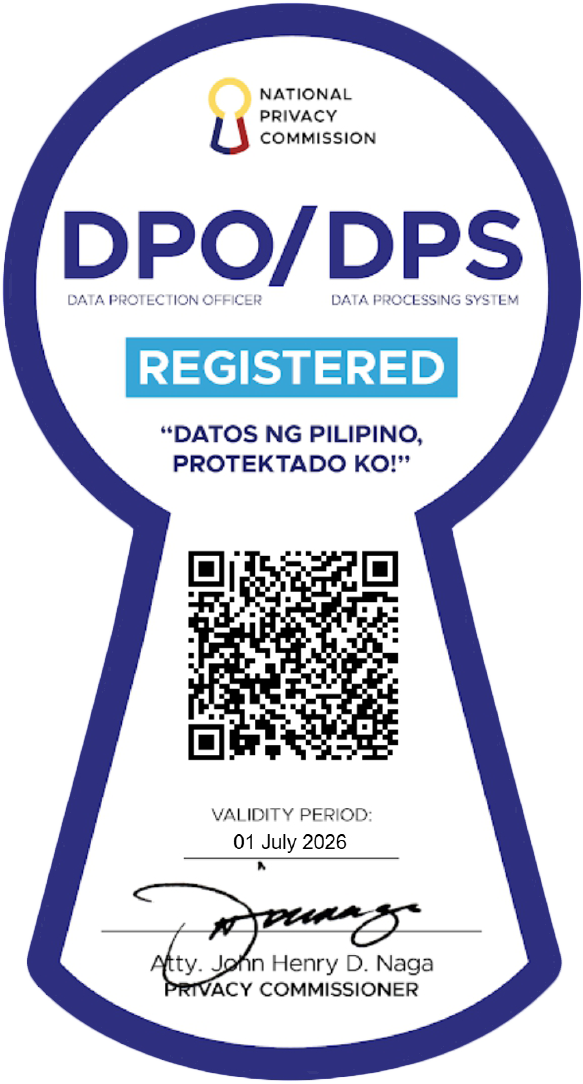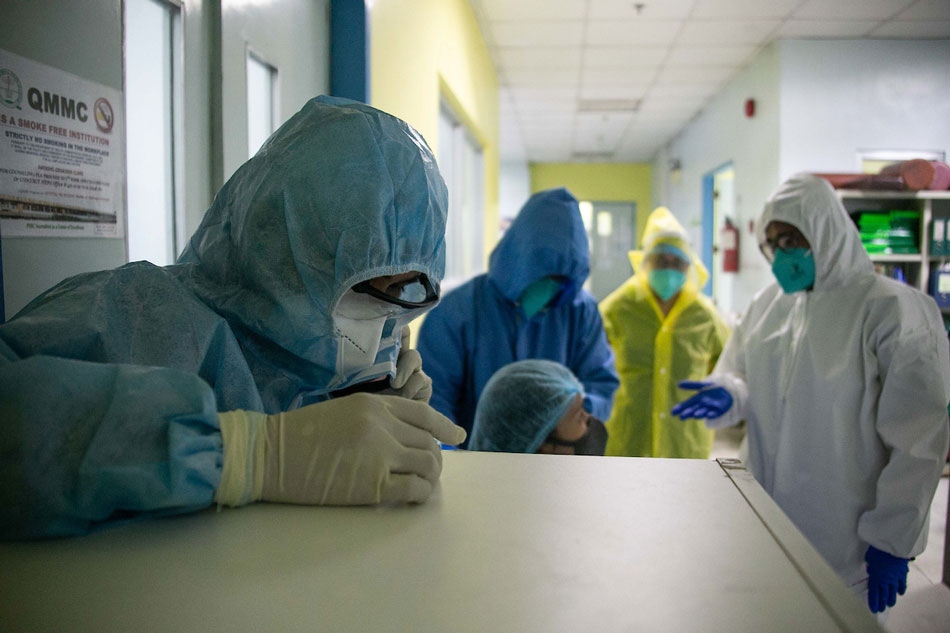DOH, partner firm vow more transparency after data issues
ADVERTISEMENT

Welcome, Kapamilya! We use cookies to improve your browsing experience. Continuing to use this site means you agree to our use of cookies. Tell me more!
DOH, partner firm vow more transparency after data issues
Kristine Sabillo,
ABS-CBN News
Published May 13, 2020 06:47 PM PHT
MANILA — The Department of Health and one of its partner firms on Wednesday said measures will be in place to reduce errors and to promote transparency pertaining to coronavirus disease (COVID-19) data.
MANILA — The Department of Health and one of its partner firms on Wednesday said measures will be in place to reduce errors and to promote transparency pertaining to coronavirus disease (COVID-19) data.
This, after the University of the Philippines Resilience Institute questioned the accuracy of their data, claiming that there were “alarming errors” from April 24 to 25 this year. The errors cited by the institution include 516 changes in location, 75 changes in age, 45 changes in the sex and 1 change in the status of a patient who was mistakenly recorded as dead.
This, after the University of the Philippines Resilience Institute questioned the accuracy of their data, claiming that there were “alarming errors” from April 24 to 25 this year. The errors cited by the institution include 516 changes in location, 75 changes in age, 45 changes in the sex and 1 change in the status of a patient who was mistakenly recorded as dead.
“In terms of improvements moving forward there are a number that are in process,” said Stephanie Sy, founder and chief executive officer of Thinking Machines, the data science firm working with DOH to process COVID-19 patient data.
“In terms of improvements moving forward there are a number that are in process,” said Stephanie Sy, founder and chief executive officer of Thinking Machines, the data science firm working with DOH to process COVID-19 patient data.
She said the firm will mark fields that have been corrected for more transparency.
She said the firm will mark fields that have been corrected for more transparency.
ADVERTISEMENT
“We are also working with the COVIDKAYA group to improve our streamlining of these case investigation files,” she said, adding that it will help in the digitization of data.
“We are also working with the COVIDKAYA group to improve our streamlining of these case investigation files,” she said, adding that it will help in the digitization of data.
COVIDKAYA is a digital information system being developed by the DOH with the World Health Organization. It is meant to minimize encoding errors by allowing patient data to be directly submitted digitally instead of through a manual form.
COVIDKAYA is a digital information system being developed by the DOH with the World Health Organization. It is meant to minimize encoding errors by allowing patient data to be directly submitted digitally instead of through a manual form.
Since last month, the DOH has been promising to transition to digital files after delays caused by manual forms resulted in backlogs.
Since last month, the DOH has been promising to transition to digital files after delays caused by manual forms resulted in backlogs.
However, Sy said the process is still mostly manual.
However, Sy said the process is still mostly manual.
She explained how hospitals fill up case investigation forms. While the data is inputted into the DOH data system, DOH still has to “manually go through every case, correcting mistakes as they see them.”
She explained how hospitals fill up case investigation forms. While the data is inputted into the DOH data system, DOH still has to “manually go through every case, correcting mistakes as they see them.”
ADVERTISEMENT
Verification of the data involves calling hospitals.
Verification of the data involves calling hospitals.
Reiterating Health Secretary Francisco Duque’s statement, Sy said the errors account for only less than 1 percent of the whole data set.
Reiterating Health Secretary Francisco Duque’s statement, Sy said the errors account for only less than 1 percent of the whole data set.
“These are mostly honest mistakes made by frontliners, by health officials and by analysts,” she said.
“These are mostly honest mistakes made by frontliners, by health officials and by analysts,” she said.
“Ibig sabihin maliit lang po ito kumpara sa kabuuan. Kaya naman it does not prejudice overall (data),” Health Undersecretary Maria Rosario Vergeire said.
“Ibig sabihin maliit lang po ito kumpara sa kabuuan. Kaya naman it does not prejudice overall (data),” Health Undersecretary Maria Rosario Vergeire said.
(This means that the errors are just a few compared to the whole. So it does not prejudice the overall data.)
(This means that the errors are just a few compared to the whole. So it does not prejudice the overall data.)
ADVERTISEMENT
Sy said the mistakes are often corrected by their team and by private citizens since the data is shared with the public.
Sy said the mistakes are often corrected by their team and by private citizens since the data is shared with the public.
“There is no such thing as a 100% correct data set in the real world,” Sy pointed out.
“There is no such thing as a 100% correct data set in the real world,” Sy pointed out.
She explained that normally it takes months to build a data system based on their experience working with the private sector.
She explained that normally it takes months to build a data system based on their experience working with the private sector.
“With the DOH we’ve been building it real time and sharing data on it since Day 1. the level of challenge is really really high here,” she said.
“With the DOH we’ve been building it real time and sharing data on it since Day 1. the level of challenge is really really high here,” she said.
Read More:
COVID-19
coronavirus
COVID-19 data
COVID-19 cases in the Philippines
Department of Health
Thinking Machines
ADVERTISEMENT
ADVERTISEMENT



